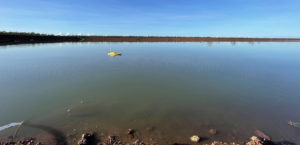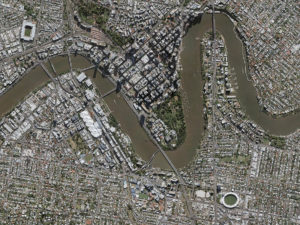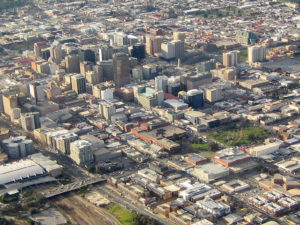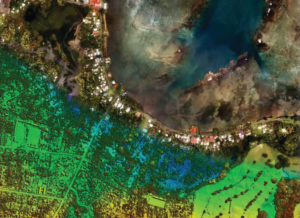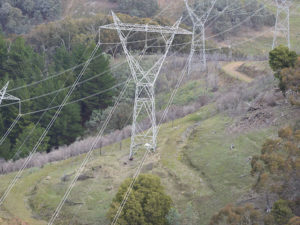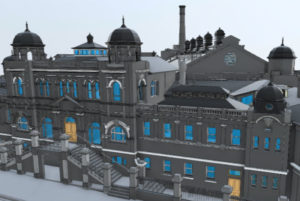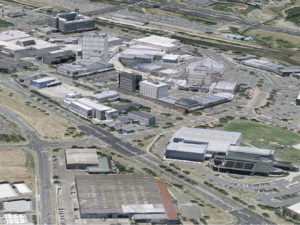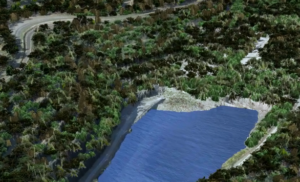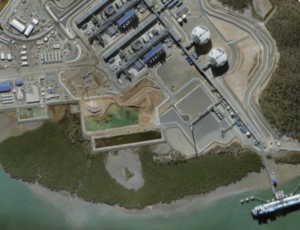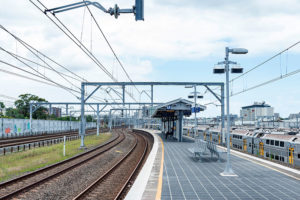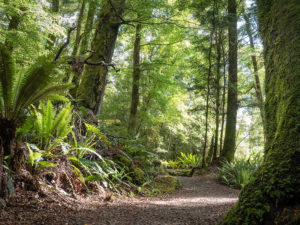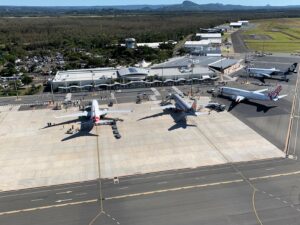Captains Mountain Wind Farm: LiDAR & Image Survey
The team were very happy with the spatial outputs, particularly with the imagery in mosaic format. This saved a lot of time and resources on our end.
– Anna Sessink, Project Development Manager – Captains Mountain Wind Farm, Vestas
Background
Woolpert was commissioned to acquire and process LiDAR and image data over the 180km2 Captains Mountain Wind Farm in Queensland for Vestas Asia Pacific (Vestas).
The scale of the Captains Mountain project is large with a proposal for 56 turbines to achieve 380 megawatts of generation capacity. Enough to power 196,000 average Queensland homes for an entire year!
Vestas chose Woolpert as the supplier for this project as they required a variety of key spatial datasets and were confident in Woolpert’s abilities. Woolpert successfully completed similar work on a separate Vestas wind farm project, where Vestas valued its good client experience.
Vestas required terrain and imagery datasets with the goal of 3D modelling the project area. This data, while not a requirement for the approval stage of the project with the government, was found by Vestas as useful. The work completed would be used to review the construction viability of the project before our end-client moved forward with their project.
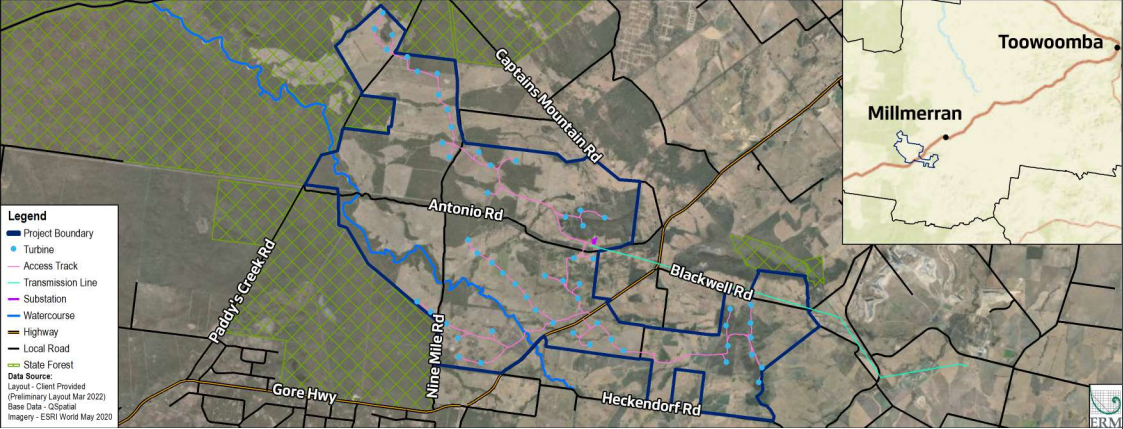
.
Challenges
Vestas required a variety of deliverables in two configurations: as a single file for the whole 180sqkm project as well as in smaller 1km x 1km tiles.
- 1m terrain GRIDS (Geotiff format).
- 1m interval contours (SHP format).
- 10cm, natural colour orthomosaic (JPG and ECW formats).
Another challenge for the project was around the timeline. Concurrent major weather events and La Niña caused the number of clear days available for capture to be well below long-term averages and impacted the timing of flights.
.
Solution
All data was acquired using a Woolpert Optech LiDAR sensor at 4 ppm2 with simultaneous 10cm GSD imagery. The team also used a PP-RTX positioning solution for the processing of the LiDAR airborne trajectories.
Woolpert employed the following process methodology to produce all LiDAR deliverables:
- Dedicated processing hardware and operators to ensure that the agreed delivery schedules were met.
- Automated processing ran 24 hours per day and 7 days per week
- Woolpert utilised scalable IT infrastructure with our proprietary LiDARnetics capability to complete the LiDAR processing workflow. LiDARnetics is a Woolpert designed and constructed application capable of leveraging AWS cloud services to provide optimised processing solutions for the entire LiDAR project workflow. The application is a complete ‘end to end’ data management, processing and monitoring system incorporating ‘field data upload’ through to ‘client delivery’.
Results
Despite the challenges brought about by major weather events and La Niña, Woolpert was able to develop suitable workarounds to capture the imagery and LIDAR data needed to ensure timely delivery of the project.
Vestas was happy with the spatial outputs provided to them. Vestas’ Project Development Manager for the Captains Mountain Wind Farm, Anna Sessink saying “The team were very happy with the spatial outputs, particularly with the imagery in mosaic format. This saved a lot of time and resources on our end.”
“While weather conditions posed ongoing challenges to the project, Woolpert kept us informed at every step.”
For more information, please contact us, and we’ll get back to you shortly.
